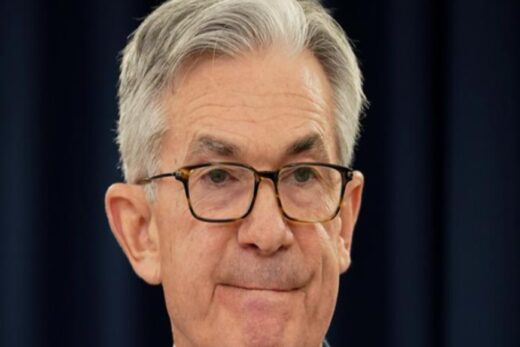The torrent of cash sloshing around world markets due to the unprecedented stimulus measures in place to fuel economies coming out of the pandemic-led recession has fed into the euphoric rush to equities, particularly Big Tech.
The US Federal Reserve for instance has been purchasing bonds at a record pace, doubling its balance sheet to nearly $8 trillion in less than a year. During the same period, the five biggest tech stocks have seen their market value double.
As financial assets worth $1.1 billion are gobbled up by global central banks every hour, there is irrational exuberance on Wall Street, according to BofA.
Goldman Sachs’ Chief Executive David Solomon and strategists at some major investment banks have since January been warning about stock market volatility, particularly in the immediate future.
Most traditional market-top signals have been flashing amber – just as they did before the bursting of the dotcom bubble two decades ago. But what’s different this time is that interest rates look firmly stapled to the floor for years to come.
Ten-year yields on bonds of G7 countries are hovering near record lows, lending credence to “bubble” naysayers and captured in the hefty ‘equity risk premium’ (ERP) relative to historical averages.
“You’re practically ‘forced’ to move into riskier assets,” said Jeroen Blokland, a portfolio manager at Robeco, adding that outside the United States, things look even less bubbly.
The benchmark US S&P 500 is now the most expensive developed market index based on the price-to-earnings ratio, trading at levels last seen during the dotcom bubble of the late 1990s.
Though Blokland sees rising odds that markets globally end up in a bubble, he said the upcoming cash injections and fiscal spending could further support asset prices.
Some data points below signal higher odds of a bubble:
1. PARTYING LIKE IT’S 1999
Sitting at 22-times 12-month forward earnings, the S&P 500 is trading well above its long-term average of just 16x. Other major indexes are also trading above long-term averages, but are still far from S&P’s extreme levels.
2. BURSTING CALLS, FALLING PUTS
The frenzy is also visible in options markets. The CBOE put-to-call ratio has been pinned at near 20-year lows for eight months now, at levels last seen just before the dotcom bubble burst in 2000. Put options confer the right to sell at a pre-agreed price and calls allow holders to buy.
3. LAST CHANCE TO BUY?
Super-low bond yields leave equities attractive for investors navigating between the two asset classes, and that’s captured by the still hefty ERP relative to historical averages.
4. BUBBLY BIG TECH
While the reflation trade drives gains in small cap stocks, which fell heavily last year, interest in tech stocks hasn’t abated. That’s built a concentration risk in markets as the sector expands to make up a fifth of all global stocks – the highest since the dotcom bubble of the late 1990s.
5. TAKE THE M2, ENJOY THE BUY RIDE
Another indicator is the extent of central bank liquidity support in the system. M2, a measure of money supply that takes into account cash and deposits, jumped sharply last year spawning bubbles in many corners of the markets from bitcoin to high-flying tech stocks.



